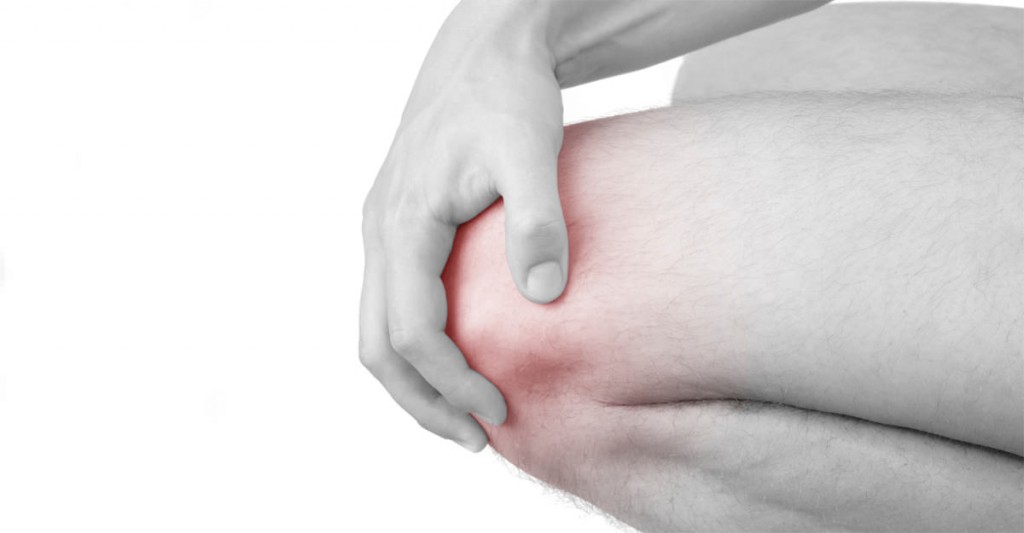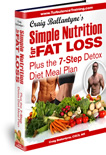3 Secrets to Faster Recovery From Injury

This article on the 3 secrets to faster recovery from muscle injury is another great article to print out and file!
But first, confession time.
Despite everything we know, old meatheads like me and Jason Ferruggia still “overdo things” and end up hurting ourselves in the gym.
But I’m lucky, because I just pull muscles (like I did last Monday while deadlifting). Jay, on the other hand, messes up his shoulder joint at least once per year.
Now when you have a serious injury like Jay’s, you have to go to the doctor. There is nothing that I can do to help you – sorry!
NOTE #1 – I hope you never, ever get hurt!
NOTE #2 – If you do get hurt, the most important thing for you to do is get your injury checked out by a doctor. Please be conservative!
But when I get a little muscle strain, I just use these 3 simple secrets for fast recovery. These secrets were given to me by my chiropractor, Dr. Michael Sommers of Evolve Chiropractic in Toronto.
1. Apply Ice immediately
Start by icing for ten minutes, then take ten minutes off, and then ice again for ten minutes.
(NOTE: Keep a thin moist towel between ice and skin to prevent skin damage.)
Ice the injury 3 times daily for the first 72 hours (morning, noon, and night). Of course, if the injury is severe, go immediately to the hospital.
2. Perform frequent, low-intensity activation of the injured muscle
Dr. Sommers says, “You want to start the healing process by moving the muscle through very low intensity movements, and doing this frequently in the early period after injury.”
This low-intensity exercise keeps blood flowing throughout the muscle and prevents over-shortening during recovery.
For example, if you have a sore hamstring, Dr. Sommers suggests, “walking and doing low intensity leg swings will help recovery. But don’t do anything that involves too much exertion.”
(NOTE: If you aren’t sure what to do, ask your therapist…more about their role in secret #3 below.)
Personally, I also add in light, frequent stretching for the sore muscle. I’ll do one light 20-second stretch every hour or two, and that seems to help me.
3. See a therapist immediately… preferably someone skilled in A.R.T. (Active Release Techniques)
According to Dr. Sommers, “For most soft-tissue injuries A.R.T. is the best therapy to reduce scar-tissue build-up and to promote ideal muscle length through the healing process.”
“While other therapies can provide relief (ultrasound and TENS may have some effect), A.R.T combined with specific stretching and exercise seems to heal the tissue in the shortest to time with the lowest incidence of re-injury,” says Dr. Sommers.
In addition to getting A.R.T. treatment, a great therapist will give you a professional advice/assessment to gauge an appropriate time to return to training.
As Dr. Sommers says, “Re-injury is commonplace with weight training. Without the proper guidance it is all to easy to re-aggravate soft tissue injuries and triple the amount of time it will take to heal.”
Now I may push too hard in the gym, but I’m at least smart enough to stop pushing once the injury has occurred. And I’m also smart enough to go in for treatment ASAP after the injury has happened.
Dr. Sommers says, “Injuries rarely resolve on their own. Especially if the improper technique continues. Lifting through pain is a recipe for chronic injury and the sooner you are properly diagnosed and treated the more likely you can expect a quicker return to pain-free activity.”
So don’t try to “avoid” a nagging injury.
It’s better that you take 2 days off now rather than being forced to
take 2 months off in the future.
Train safe and listen to your health professional!
To find an A.R.T. practitioner in your area, simply google, “Active Release Techniques + Your area”
Those are the 3 most important secrets for healing fast, however I have a few more tips for you.
- Nutrition
I believe that nutrition plays a huge role in recovering from injury.
Dr. Sommers agrees, saying, “Certain foods promote inflammation within the body’s various systems while others have an anti-inflammatory effect.
“Avoiding pro-inflammatory foods (nightshade vegetables, white processed flour, and deep fried foods) and eating a diet rich in omega 3 fatty acids can only help speed up the healing process.”
(For those who don’t know: Potatoes, tomatoes, sweet and hot peppers, eggplant, paprika, cayenne, and Tabasco sauce are classified as nightshade foods.)

Personally, I recommend eating a diet of at least 10+ servings of fruits and vegetables per day. This should provide your body with the best healing environment. At worst, at least limit your intake of sugar, western diet, comfort food, etc., that promotes inflammation in the body.
I recommend my Simple Nutrition plan for fat loss & recovery:
- Listen To Your Body
Dr. Sommers says, “Each of us has to consider our own particular ability in trying to train safely. Fortunately our bodies are amazing communicators. They give us warning signs when we’re verge of injury. Unusual aches and pains lasting longer than 48 hours should be taken seriously and all training should cease until it is deemed safe to continue.”
Be conservative!
- Recovery As You Get Older
“Finally,” Dr. Sommers says, “Don’t forget that older bodies take longer to heal. Older muscle fiber requires longer recovery time, so whether it comes to recovering from heavy workouts or working through nagging tendon problems, age plays an important factor in return to activity planning.”
Be conservative!
Please forward this information on recovery from injury to your friends and family.
To your health & healing,
Craig Ballantyne, CSCS, MS
Author, Turbulence Training